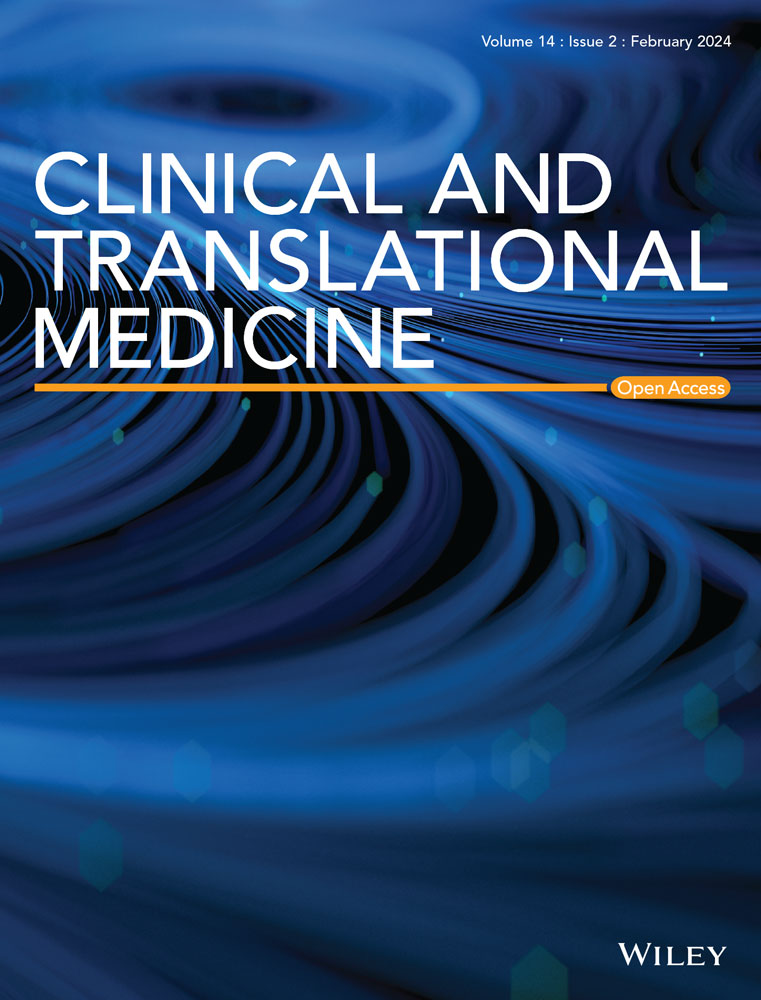Metabolic dysfunction-associated steatotic liver disease (MASLD) is a systemic disease with insulin resistance at its core. It affects one-third of the world population. Fibroblast growth factor (FGF21)-based therapies are effective in lowering hepatic fat content and fibrosis resolution; yet, its molecular functions remain uncertain. To gain insight into FGF21 mode of action (MoA), we investigated the transcriptomes of MASLD liver biopsies in relation to FGF21 expression.
We compared N = 66 healthy controls with 396 MASLD patients and considered clinical characteristics relative to NAS disease activity scores (steatosis, lobular inflammation and ballooning), fibrosis grades and sex. We performed comparative genomics to identify FGF21-responsive DEGs, utilised information from FGF21-transgenic and FGF21-knockout mice and evaluated DEGs following FGF21 treatment of MASLD animal models. Eventually, we explored 188 validated FGF21 targets, and for ≥10 patients showing the same changes, we constructed MASLD-associated networks to determine the effects of FGF21 in reverting metabolic dysfunction.
We identified patients with increased 30% (N = 117), decreased 40% (N = 159) or unchanged 30% (N = 120) FGF21 expression, and the differences are caused by changes in FGF21 transcriptional control with ATF4 functioning as a key regulator. Based on comparative genomics, we discovered molecular circuitries of FGF21 in MASLD, notably FGF21-dependent induction of autophagy and oxidative phosphorylation/mitochondrial respiration. Conversely, FGF21 repressed hepatic glycogen-storage, its glucose release and gluconeogenesis, and therefore reduced glucose flux in conditions of insulin resistance. Furthermore, FGF21 repressed lipid transporters, and acetyl-CoA carboxylase-β to attenuate hepatic lipid overload and lipogenesis. Strikingly, FGF21 dampened immune response by repressing complement factors, MARCO, CD163, MRC1/CD206, CD4, CD45 and pro-inflammatory cytokine receptors. It also reverted procoagulant imbalance in MASLD, stimulated extracellular matrix degradation, repressed TGFβ- and integrin-signalling and lessened liver sinusoidal endothelial cell defenestration in support of fibrosis resolution.
We gained deep insight into FGF21-MoA in MASLD. However, heterogeneity in FGF21 expression calls for molecular stratifications as to identify patients which likely benefit from FGF21-based therapies.



